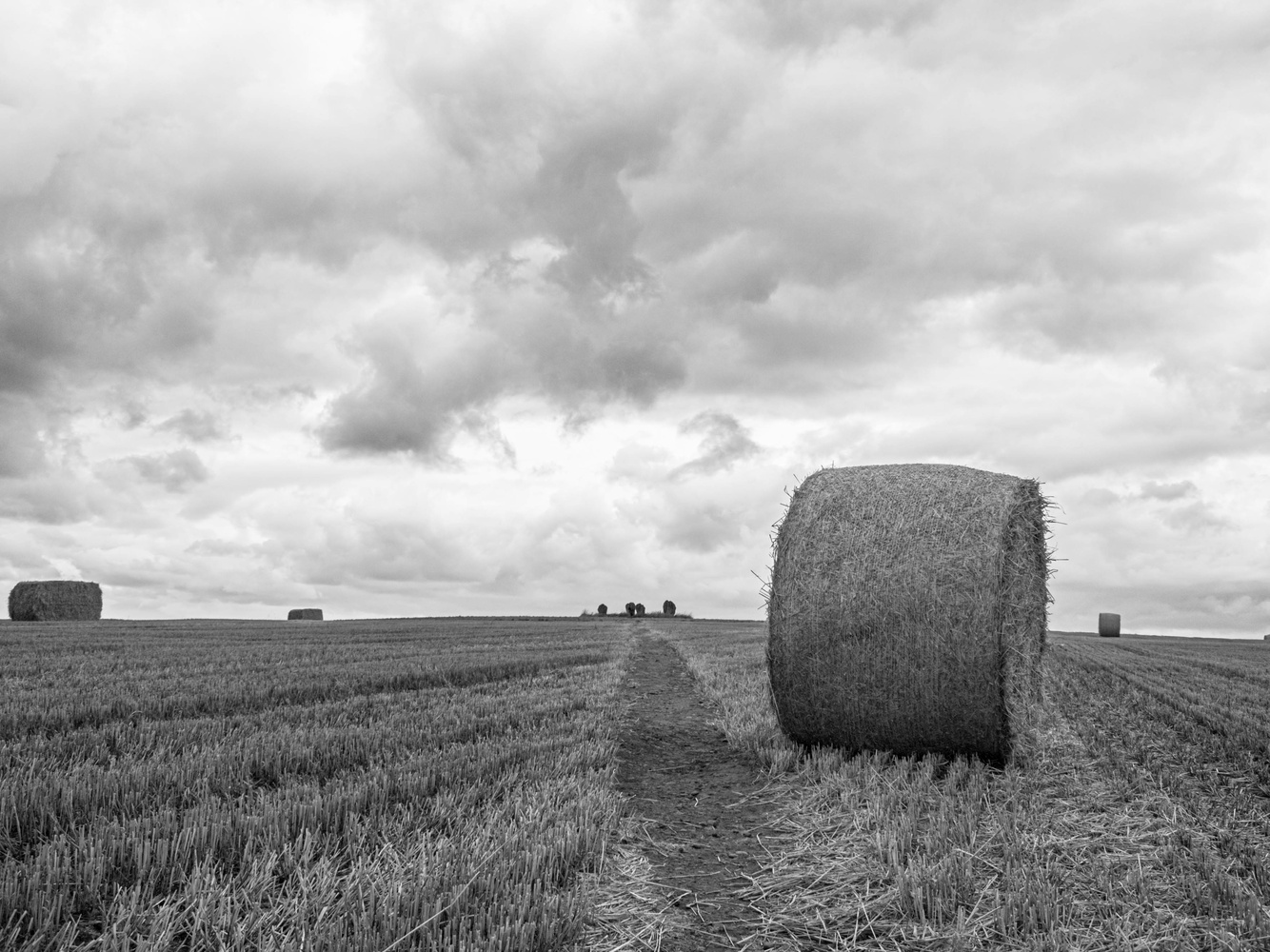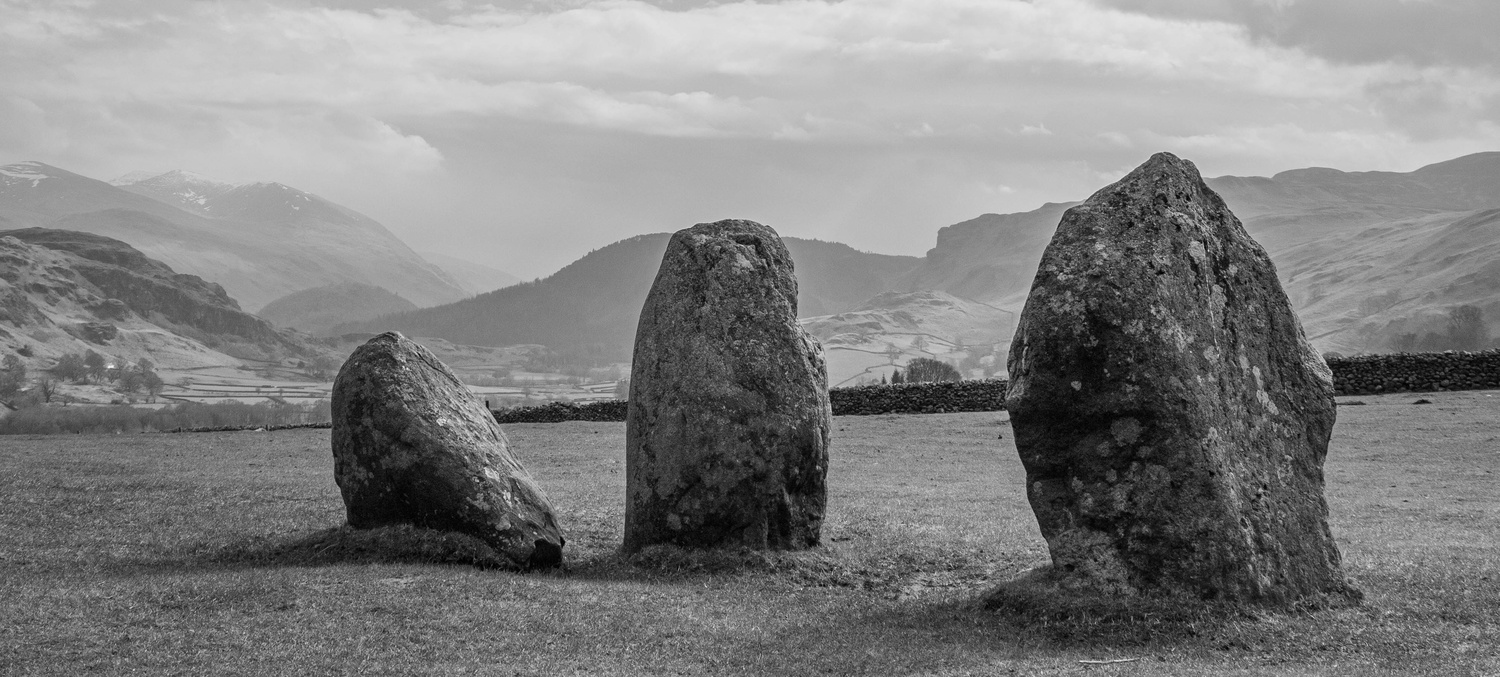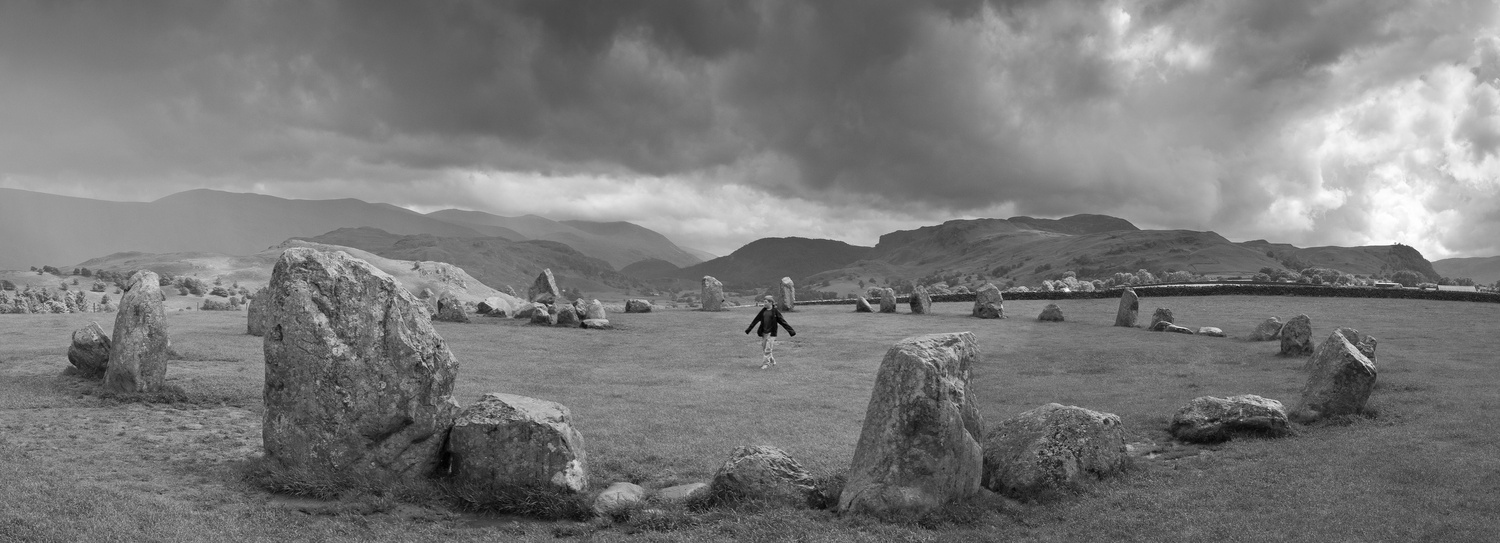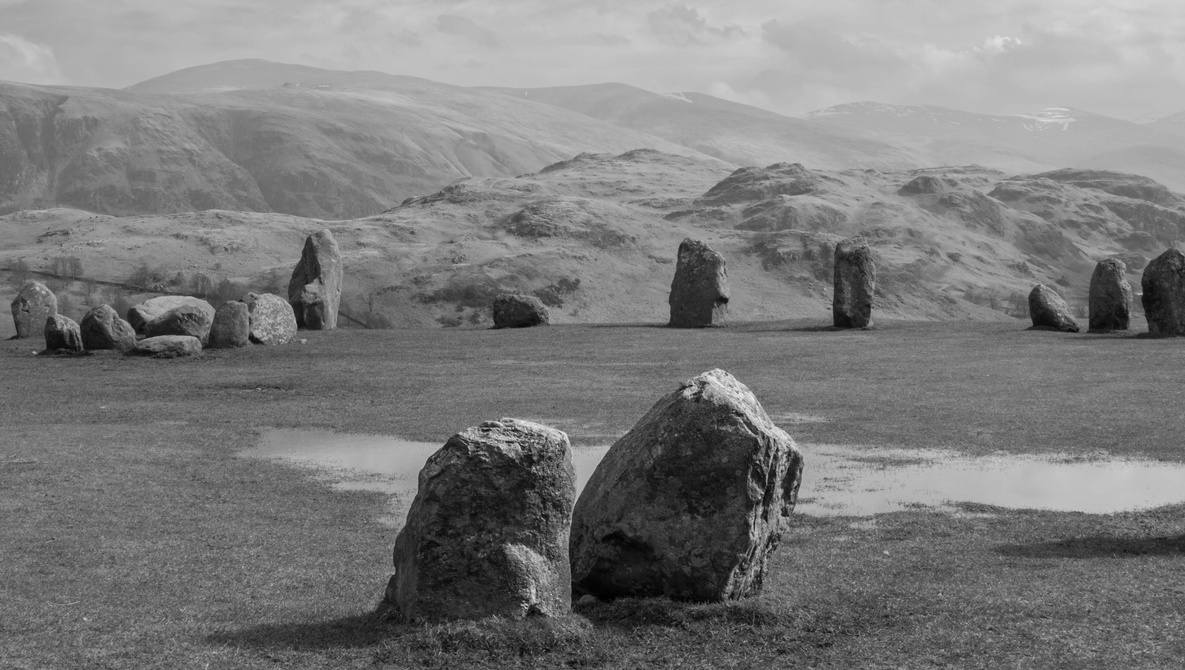Photographers are on a quest to take the perfect picture. Like the mythological grail, it’s an elusive thing but worthy of pursuit, nonetheless. If you want to achieve it, there are seven challenges you must overcome along the way.
The UK, where I live, like every other country, has its share of myths and legends. Stories surround our mysterious stone circles and ancient buildings. The Quest for the Holy Grail is a good tale that has provided people with entertainment for over a millennium. As a child, it, along with the legend of Robin Hood, captured my imagination.
Such stories appeal to us because we can relate to the characters with their flaws and strengths. We face obstacles in our lives too. Like all great myths, the Holy Grail is also an allegory about how we should meet those challenges and aim for something spectacular.
Although Geoffrey of Monmouth, Chrétien de Troyes, and Thomas Malory would never have dreamed of photography, there is wisdom in those stories that we can use when trying to take the perfect photo. Like all great quests, there are challenges along the way that we must overcome.
1. A Lack of Objectives Gets You Nowhere
Every great story is appealing because it has a target that the protagonist is trying to achieve.
For King Arthur, it was, among other things, the quest for the Holy Grail. George Smiley’s quest was to outwit the antagonist spy Karla. Meanwhile, Frodo Baggins aimed to destroy a ring and thus defeat the dark lord, Sauron, Don Quixote wanted to become a knight and restore chivalry, and Luke Skywalker sought to defeat the evil Galactic Empire.
We are hurt by stories where the goals are not achieved, and the protagonists fail; I was devastated as a young teenager the first time I reached the end of Orwell’s excellent Nineteen Eighty-Four, the first book I read with a negative outcome. Tales with an optimistic ending work because there was something for the characters to aim for and achieve. That is a basic human need. An objective is essential for everything we do in life, or else we meander aimlessly and accomplish nothing.
That is true of photography, too. For success, as photographers, we need something to aim for and work towards. Otherwise, our catalog of images becomes an incoherent mess. Our goal could be as simple as creating a collection of photos on a single theme, as I did years ago with the collection of images here. Alternatively, it could be repeatedly trying to capture something elusive. For example, I'm on a quest to capture lightning, something I haven't yet succeeded in doing.

2. Don’t get Distracted From Your Quest
In some versions of the Holy Grail Quest, Perceval lacks the presence of mind to keep to his task. Instead, he wanders off on distracting adventures.
Sticking to the task is a big challenge I have learned to overcome.
It’s easy to be distracted. Modern technology particularly will draw your attention away from the task at hand. How many hours are wasted scrolling through endless, meaningless Instagram or TikTok reels when they could be honing their photography skills? I’ve found myself doing it and then feeling guilty for wasting my time on addictive, meaningless, unproductive, and forgettable drivel.
When I am writing, I am now very careful when I open a browser to do research. It is so easy to spot a different article or video that is off-topic that leads me to read things that are unrelated to what I am writing about. When editing photos, I refuse to open a browser at all, although the temptation to do so is strong. Similarly, when going on a photo shoot, I now carry solely the equipment I need for the shot I have planned, so as not to be distracted by other subjects.

3. Work Hard and Practice, or Else Lose
The Knights of the Round Table were supposed to have been the best in the land. To become a knight was an honor, and gaining that position needed two things: sufficient wealth and years of training.
As photographers, we are privileged. Although half of the world’s wealth is owned by 1% of the population, if you are reading this and own a smartphone, computer, and camera, then you are in the top 11% of the richest people in the world. Between us, we own 80% of the world’s wealth. It might not always feel like it, but you are wealthier than 89% of humans.
However, being rich enough to own a camera doesn’t make you a photographer, even if you take photos. Like any skill, it takes hard work, practice, and continuous improvement to succeed.
4. Tackling the Barrier of Doubt
King Arthur is often portrayed as a troubled soul, full of self-doubt. It’s another aspect of the story that makes it appealing because nearly all of us doubt our abilities. Even those that seem full of self-confidence are usually putting up a façade.
It’s natural to feel uncertainty about your photography. If you don’t, there is a good chance that you are deluding yourself, and you are not as good as you think.
So long as that doubt doesn’t sink into levels of despair that adversely affect your mental health, being self-critical can motivate you to improve. You haven’t completed the quest of getting the perfect photo, so try again.

5. Not Looking After Yourself
In some versions of the Arthurian stories, wracked with guilt over his love for Queen Guinevere and his betrayal of his friend the King, Sir Lancelot du Lac becomes a hermit monk and fails to maintain his health. The once greatest knight loses everything.
Self-care is hugely essential for creativity. Our minds and bodies are integral parts of each other, and if we are to learn how to take better photos, then we need improving physical and mental well-being. It’s something that is often overlooked but is, nevertheless, important.
Luckily, the act of photography is a way to help improve our health. It gets us outside and moving, it makes us concentrate on creative activity distracting us from our pains, and we succeed by creating an end product: the photograph. All those things are good for our body and mind.
That doesn’t mean that people with physical and mental illnesses cannot be great at creating art; van Gogh is a case in point. But a building positive state of mind, eating well, and exercising makes a positive impact on all aspects of our lives, including photography.
6. Concentrating Too Much on the Technicalities
A mistake many photographers make is concentrating too much on the technical side of photography and not on the content. Your camera, no matter how much of a magical marvel it seems, is not Excalibur. It does not have secret powers. Creating a great image is mostly down to you.
If you have the skills to take a good photo, then you should be able to do so with the cheapest supermarket DSLR. If you don’t have those skills, then wielding the latest flagship camera isn’t going to make you the next big name in photography.
Certainly, having a tool that matches your needs is important; there are photos I take now that would be impossible to achieve with a different make or a cheaper model. Meanwhile, a beginner might find some advanced cameras too complex and daunting, and they will be paying for a lot of features they never need. On the other hand, it is also possible to grow into a camera, so there is an argument against beginners buying the cheapest models. Just as budding artists will do much better with good-quality paints and brushes, a better camera can help a novice take better photos than a cheap, supermarket model.
Being taken in by technical wizardry is a common human fault. Look at how many people are duped by camera marketing departments’ trick of promoting the ongoing race for evermore unnecessary pixels. Moreover, many photographers also get hung up on the camera settings and not on the subject.
But once you have discovered the best camera for you and worked out how to use it, the important things are what you see through the viewfinder and timing the moment you decide to press the shutter button.

7. The Perfect Holy Grail Photograph Is Unobtainable, and That’s Great
Like the Grail was to King Arthur, that perfect photo is unobtainable. That’s a good thing.
Arthurian legend relates that most knights failed in the Quest, but had other important adventures along the way. It was only Galahad who completed the first attempt to find the Grail because he was “pure of heart.” Consequently, on achieving it, he immediately ascended to heaven. (In later stories involving the Fisher King, Perceval also found it, and he died as well.)
For us, it means that no matter how much we try for that perfect photo, we won’t ever attain it. Although we will have worthwhile successes along the way, it will always be just out of our grasp. But each image we shoot will, nevertheless, take us one step closer to reaching photographic perfection.
Furthermore, do we really want to take the perfect photo? When we reach the top, like Galahad, it might be game over. Just like Galahad’s success was the end of that story, where could we go if we reached the top, other than downwards?
Many people who complete their endeavors suffer severe feelings of anticlimax. All that effort and hard work that got you there is over. It’s a normal reaction to think, “what now?”
A way to avoid that slump is by anticipating that it will happen to you. What is more, if it does happen, recognize that you have achieved something. Then, celebrate it. Next, reflect on your success and the journey that got you there. But treat that achievement as a milestone, not a destination. Your work’s not over yet.

The quest for the perfect photo is more important than the goal. So, the rewards of your quest arrive along the way, not at the end. You will continue to take ever-better images. Maybe, one day, you'll shoot the perfect photograph. Keep reaching for it but hope it never happens.








I have about a half million "perfect photos" in my mind's eye, and I would be happy to capture any of them!
But seriously, the concept of a single perfect photo is something I can't relate to. I just don't think that way.
Why?
Because there are so many hundreds and thousands of things that I want to show people about wildlife, and no one photo could possibly show all of these things. Hence, the objective is build collections and groups of photos that together work to show many different aspects of a given species.
Thanks Tom. Couldn't the metaphor of the Holy Gral equally be the perfect collection of wildlife photos?
Yes! But of course that is impossible for mankind as a whole to ever accomplish, so there is no chance of any one human ever coming anywhere close to amassing such a collection. In fact, I don't think that any one human could amass even 1% of such a collection, even if he or she were to live for 1,000 years and have unlimited funding. And hence it is something that I would never even consider striving for.
I think that's the whole point, Tom. The Grail is impossible to achieve but the quest is worth tackling it anyway.
It's actually much simpler than all this.
1. Find the Holy Grail
2. Take a photograph of it
Happy to be of service
(3. Don't cross the great seal or try to take it out of the temple)
Ha ha. Good one!
Thank you, thank you, and thank you again for presenting this in a text form--rather than someone rambling along for 10-15minutes. This is exactly why I skip virtually all other fstopper content, and have never registered.
But now some useful info in text form? Truly wonderful! (and I hope there's more to come)
Thanks! I have plenty of text only articles on educational themes. I'll try to write more.
Yes J D I agree with you wholeheartedly. Just linking to somebody else's video is the lazy way out and a really bad business model for a site like this to have. That is why I especially appreciate Ivor and the other staff writers who actually take the time and expend the effort to write original content.
A short comment on #6.
There are huge lists of "inspirational quotes" out there and not a single quote of these lists got me. But one sentence I found in various phrasings that is closely related to #6 and that I find inspiring is:
"The camera you own is better than the cameras that the great photography masters from history had in their hands."
PS: This sentence also helps against G.A.S. ;-)
Thanks. That was a again a great article.
(Also, thanks for holding up the tradition of writing an article instead of making a video.)
Thank you!
A very nice read Ivor , although scenes from Monty pythons holy grail kept creeping in my mind ( but that’s just how my mind works).
It did with me when I was writing it too! Thanks Ruud.
Oh yes that movie is a long time favorite of my friends and myself. We often use quotes from it in everyday conversation, and many of us greet each other or say farewell with a "ni" instead of a "hey" or "hello" or "see you later". There are about a half dozen friends who, if I call them, will answer "ni" instead of "hello". That just shows how much power a movie can have in our lives.
We no longer say “ni” we say “ ikkiikkiweeeeeplong”
It is so cool to see that spelled out!
Years ago we accessed some version of the movie script, and we got to that part and it simply had "random" in parentheses. Which of course was disappointing.
I'm regretting not having included a picture of a shrubbery in the article now.
Likewise, I am regretting not photographing the Herring when I was at the ocean last week
We have plenty of European swallows here though.